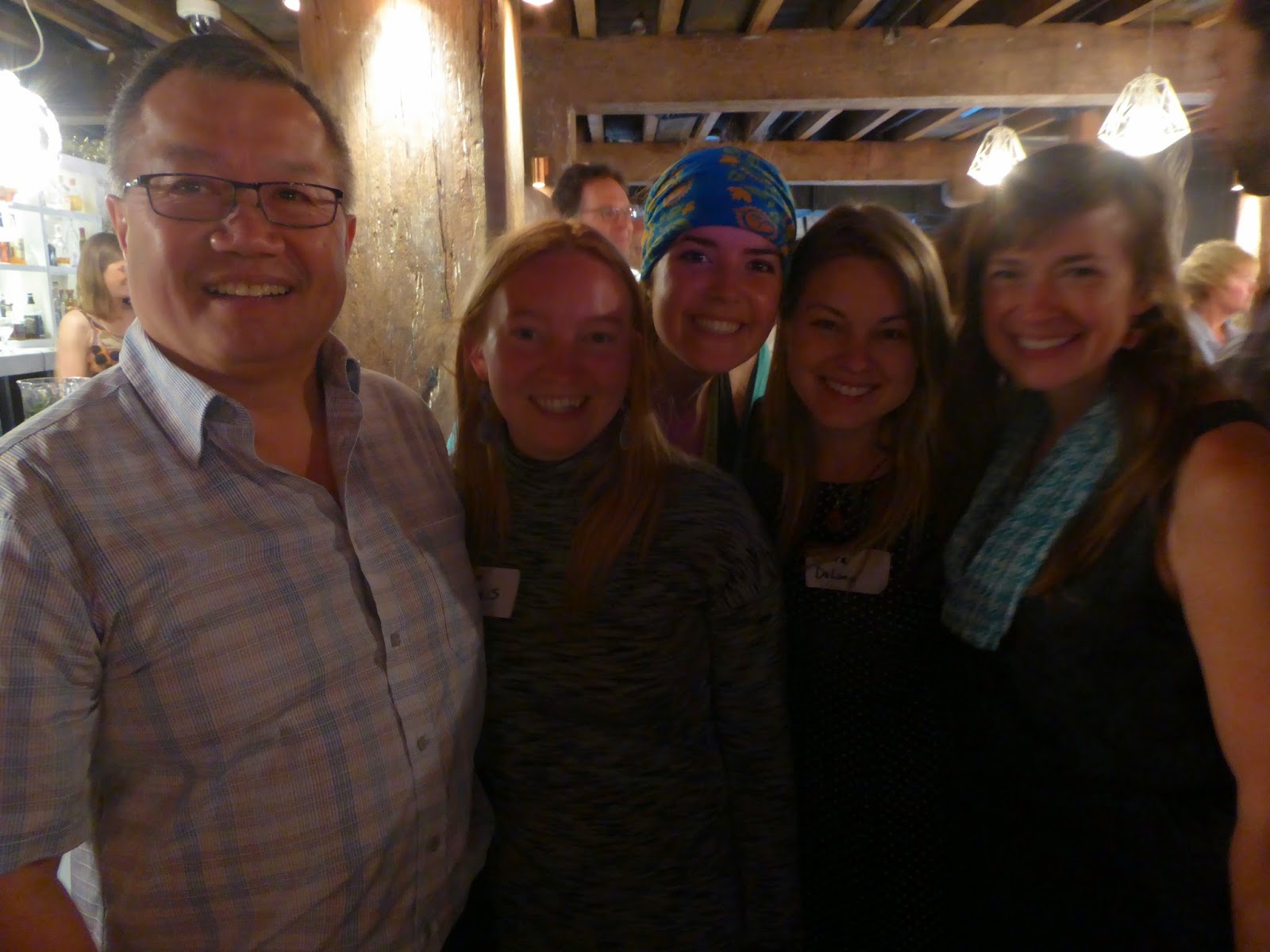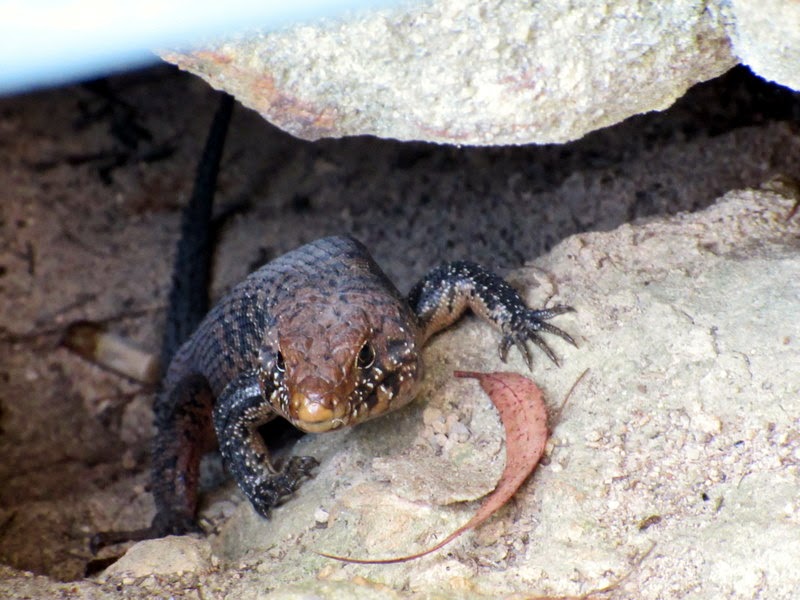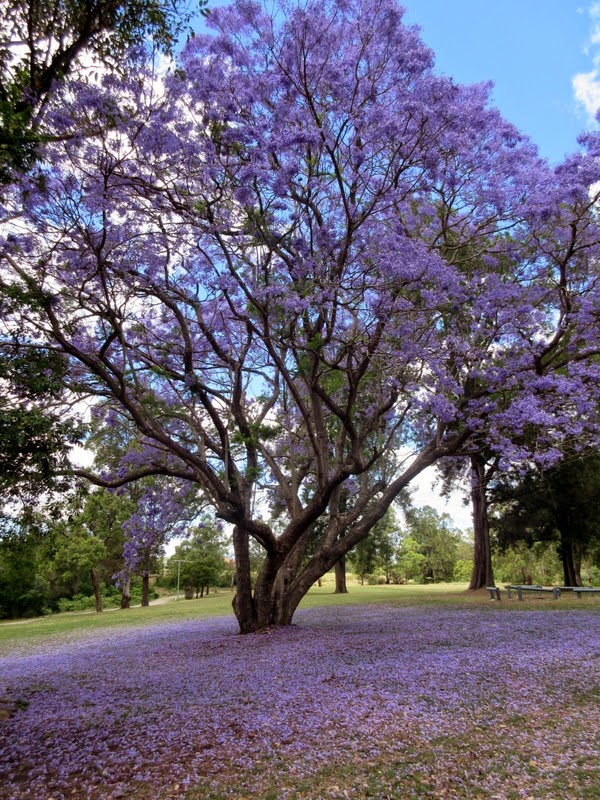The Global
Youth Ambassadors worked with another group called the Young Professionals to
come up with a Young People’s Legacy that would be presented during the closing
ceremonies. The team in total
consisted of around 100 Congress participants aged 20-35 from all around the
world. As a group of like-minded
individuals all working towards the same goal, I was incredibly surprised by
the challenges and conflicts that arose in the process. Many strong voices with differing
opinions were involved that batted heads over what was most important to
include in the legacy piece and what should be articulated in its presentation. Eventually, the Young People’s Pact
emerged. The pact is a document
outlining the concerns and commitments of young people as well as actions that
organizations and agencies around the world can take to ensure the participation
of young people in their processes.
I fully supported the document, but couldn’t help not to see it just as
another report full of fancy words to add to the mix of reports that already
exist. I didn’t quite see how it
would result in on-the-ground action and change.
A large
contingent of the young people (including myself) wanted our presentation at
the closing ceremony to be noticed, and we knew that in order to do this, we
had to make it as different as possible from the typical politicians’ speeches
discussed above. One of the major
things I learned from the Congress was that, in order for presenters to connect
with an audience, they need two things- creativity and emotion. Creativity sparks the initial interest
and pulls people away from their iPhones and tablets, while emotion gets
through to the audience and evokes a response. Much of the conflict amongst the young people coming up with
the legacy revolved around finding a balance between creativity and
professionalism. We wanted to grab
attention but also be taken seriously.
I ended up focusing my efforts on the creative side because I really
believed that without it, the pact and presentation would just be another
document and speech of nice-sounding words to add to the rest. In order to accomplish this, a song was
written by George Woodhouse called "Unleash the Heart (Unlock the Mind)" that essentially turned the pact into music- we performed it at
Congress sessions, the closing plenary, and on a radio show. We also organized a flash mob following
the closing ceremony that got many of the Congress participants (including
high-level politicians) dancing and laughing.
It is
difficult to articulate through written words the impact that a simple song and
some dance moves had upon the Congress, but it really was profound. Energy was infused into all 6000 participants
and the hopeful optimism yet practical realism of the “next generation” was
showcased. Our display differed so
drastically from the other presentations during the Congress that it caused an
overwhelming amount of positive, emotional feedback to roll in.
http://www.2ser.com/component/k2/item/12139-world-park-congress
Practicing dance moves on the train
George Woodhouse opening for Baba Brinkman with "Unleash the Heart (Unlock the Mind)"
Flash mob action shot!














































